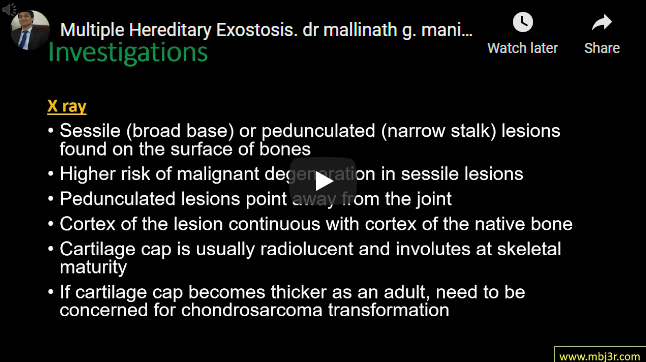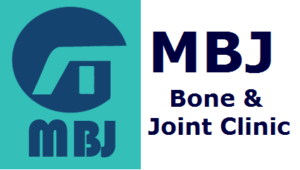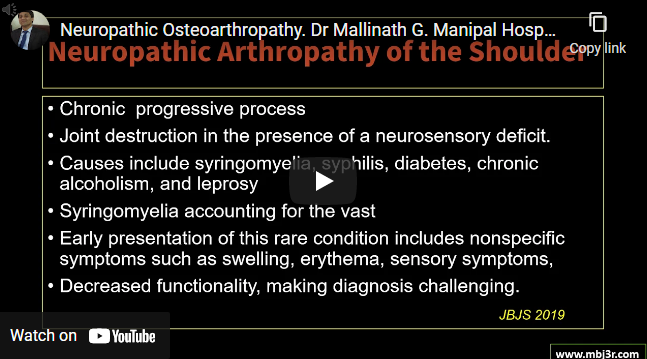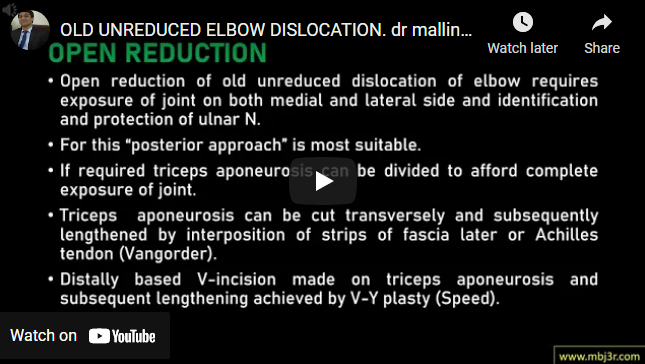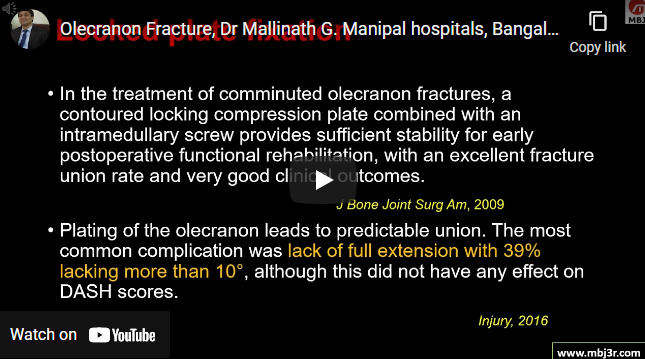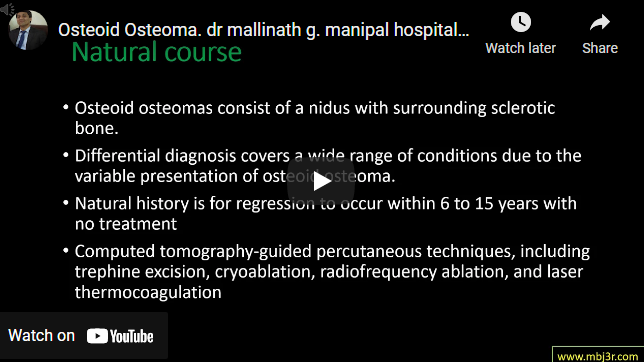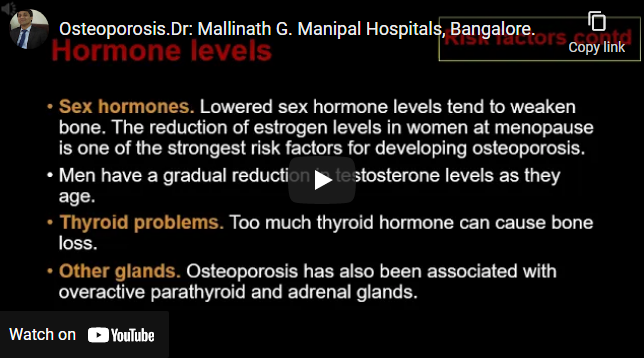Benign chondrogenic lesion derived from aberrant cartilage from the perichondral ring Solitary and multiple hereditary forms Autosomal dominant inheritance Mechanical symptoms or symptoms of neurovascular compression X Rays show pedunculated lesions point away from the joint cartilage cap becomes thicker as an adult, need to be concerned for chondrosarcoma transformation Symptomatic cases- excision Complications : Vascular compression, Nerve compression, Tendon compression, Chondrosarcoma, Bursa formation
